Discover 15 hidden attractions, cool sights, and unusual things to do in Hagen (Germany). Don't miss out on these must-see attractions: LWL-Freilichtmuseum Hagen, Hengsteysee, and Hohenhof. Also, be sure to include Osthaus Museum Hagen in your itinerary.
Below, you can find the list of the most amazing places you should visit in Hagen (North Rhine-Westphalia).
Table of Contents
LWL-Freilichtmuseum Hagen
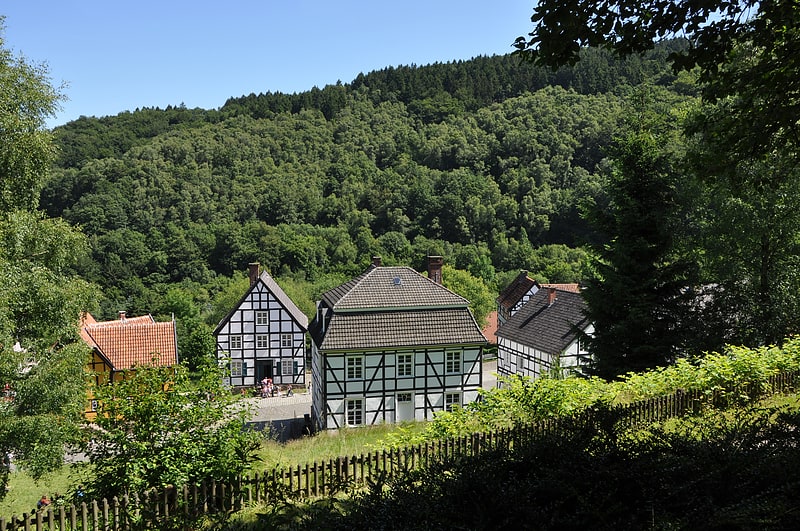
Museum in Hagen, Germany. The Hagen Westphalian Open-Air Museum is a museum at Hagen in the southeastern Ruhr area, North Rhine-Westphalia, Germany.[1]
Hengsteysee
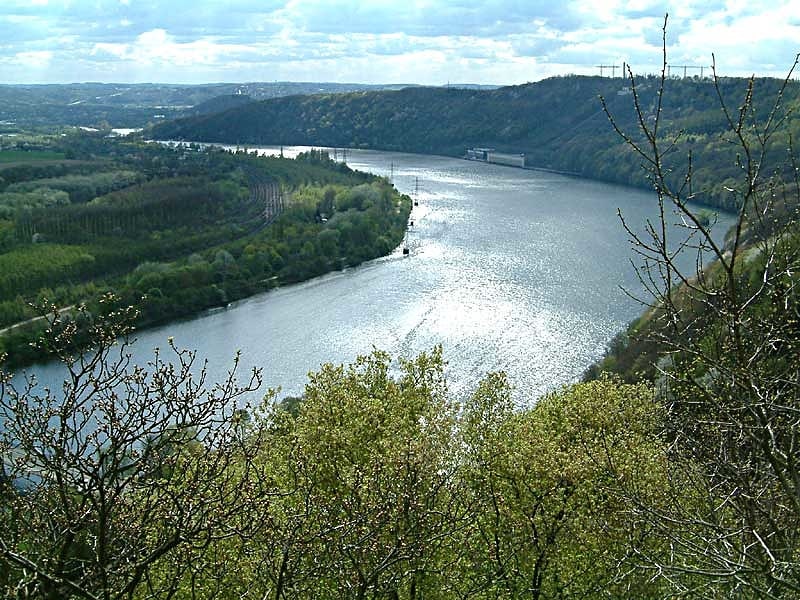
Reservoir in Germany. The Hengsteysee is a reservoir on the Ruhr river between the cities of Hagen, Dortmund and Herdecke, North Rhine-Westphalia, Germany. It was built in 1929 and is one of five reservoirs on the Ruhr.
The reservoir is about 4.2 km (2.6 mi) long and has an average width of 296 meters (971 ft). It begins near the point where the Lenne flows into the Ruhr, and ends with the weir and hydroelectric plant of Hengsteysee. The Klusenberg, a hill that is part of the Ardey range, is located just north of the Hengsteysee. There is also a pumped-storage plant on this reservoir (called the Koepchenwerk after Arthur Koepchen), along with a 4.5 MWh grid services battery repurposed from electric cars.
Hengsteysee fulfills the following four functions:
- functions as the lower reservoir of the Koepchenwerk pumped-storage plant
- performs biological purification of water from the Lenne
- deposit of sediment from the Lenne
- venue for water sports and tourism
Hohenhof
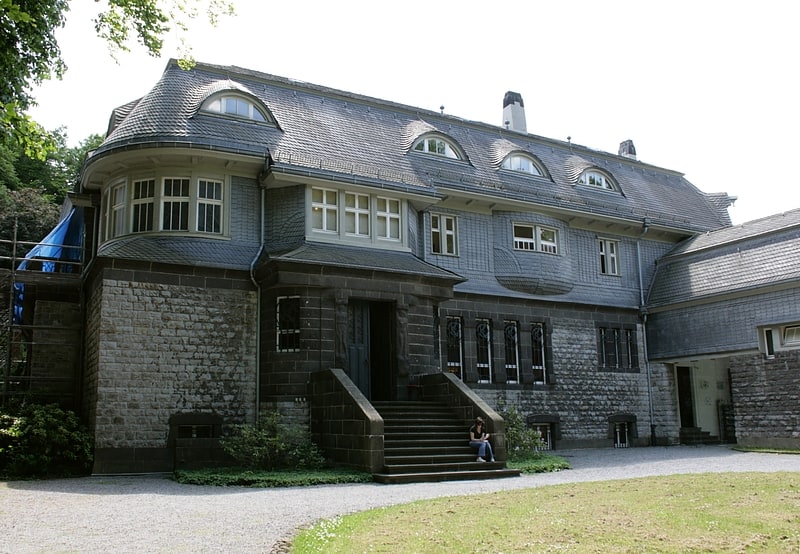
Building in Hagen, Germany. Hohenhof is a 1908-built Art Nouveau villa, located within Gartenstadt Hohenhagen in the city of Hagen, Germany. The villa was designed by Belgian architect Henry van de Velde as a Gesamtkunstwerk - incorporating shell, accessories, furnishings, landscape and all into the building's design.
The client, German industrialist and arts patron Karl Ernst Osthaus, used the building as his family home until his death in 1921. His children sold the estate to the city of Hagen under the condition to maintain the overall design character. Already beginning in the early 1920s and until the late 1970s, the mansion underwent a number of use-changes. Since then it has been renovated and today houses a publicly open museum.[3]
Address: Stirnband 10, 58093 Hagen
Osthaus Museum Hagen

Art museum in Hagen, Germany. The Karl Ernst Osthaus-Museum is an art museum in Hagen, North Rhine-Westphalia, Germany. The center of the museum is a building whose interior was designed by Henry van de Velde to house Karl Ernst Osthaus' art collection, open to the public as the Museum Folkwang. When Osthaus' heirs sold his art collection to the city of Essen, the city of Hagen gained possession of the empty museum building. For a time it served as offices for the local electric company.
After World War II, the new director of Hagen's city art museum, Herta Hesse, oversaw the restoration of the old Folkwang building into a new home for Hagen's art museum. Although the original interior design was lost due to reconstruction and World War II bombings, the interior has been restored several times and gives a reasonable approximation of Osthaus' original museum, if not its collection. Under her direction, the museum focused on recapturing what the city had lost when the Folkwang collection was sold to Essen. The museum became a focus for exhibits of Art Nouveau and expressionist art, particularly the artists associated with Osthaus or his art colony.
Under Michael Fehr, the Karl Ernst Osthaus-Museum adopted a more playful attitude toward local history. Large installations created sensations in the city, and numerous works poke fun at Hagen's inability to transcend the Osthaus past.
The painting collection stems from private donations and gradual purchases. It houses one of the main collections of paintings by Christian Rohlfs and the most important collection of paintings by Emil Schumacher. Both are considered Hagen artists. Other notable works on exhibit include environmental art by Herman de Vries, and the German branch of the Museum of Jurassic Technology.
The Karl Ernst Osthaus-Museum also houses the Karl Ernst Osthaus-Archive, a major depository of documents relating to the Folkwang Museum and early 20th century avant garde art and architecture.[4]
Address: Museumsplatz 1, 58095 Hagen
Hagen Theatre
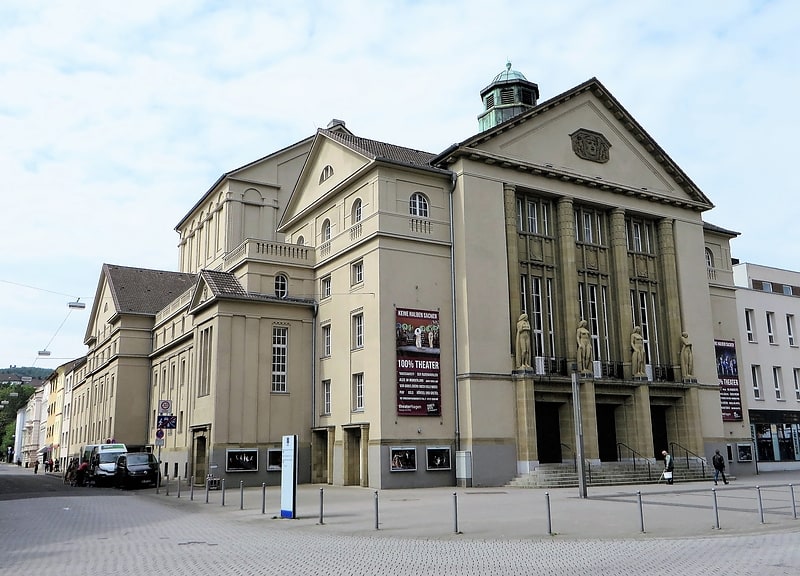
Also known as: Theater Hagen
Theatre in Hagen, Germany. Theater Hagen is a theatre in Hagen in North Rhine-Westphalia, Germany.[5]
Address: Elberfelderstrasse 65, 58095 Hagen
Elsey Abbey
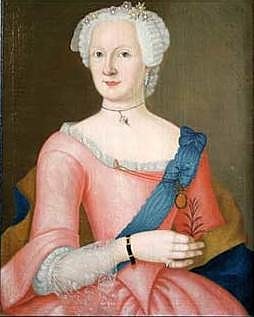
Also known as: Kloster Elsey
Abbey. Elsey Abbey, earlier Elsey Priory is a former women's religious house located near Elsey, now part of Hohenlimburg, Hagen, Germany.
It was founded in about 1220 by Friedrich von Isenberg for Premonstratensian canonesses and endowed with the local parish church and other possessions. In the 15th century it became a house of secular canonesses of the nobility (a Damenstift) under an abbess. In the 16th century during the Reformation the parish became Protestant and the abbey followed suit in due course.
It was dissolved in 1810 during the secularisation of the period.
There remain the Romanesque church and some of the canonesses' houses.[6]
Historisches Centrum Hagen
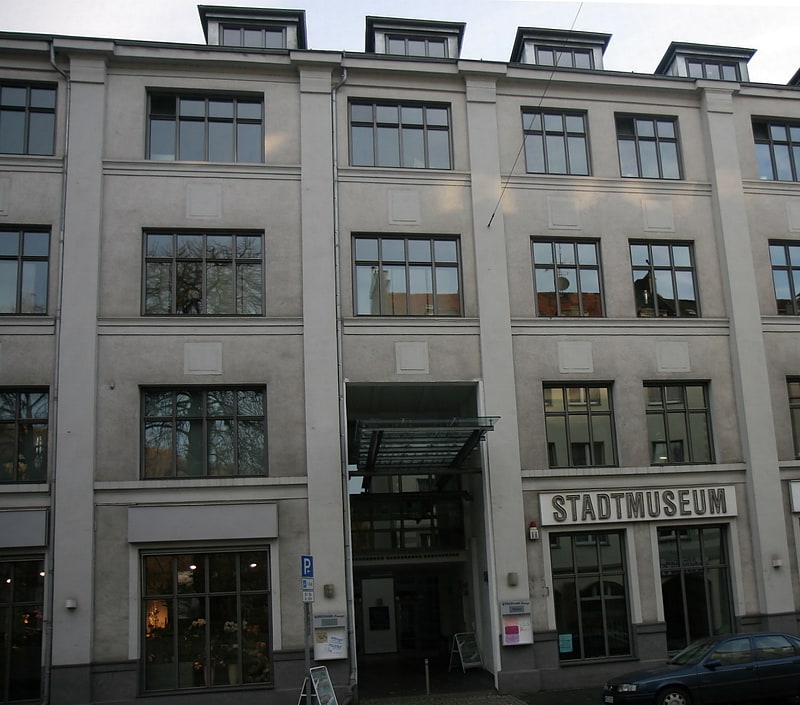
Museum. The Historisches Centrum Hagen in Hagen, Germany, has hosted the city museum, the municipal archives, the Westphalian Music and Literature Archive, the offices of Hagen historical societies, and rooms for events, since 1998. It is located in a former building that is part of the Kettenfabrik Wippermann. It is the historical cultural centre of Hagen and gained a reputation for its exchange of exhibitions and other activities. In the field of archaeology, the Historical Centre of Hagen is responsible for the exploration and excavation of Blattenhöhle with important remains of Stone Age people.
In October 2005, a permanent exhibition on the history of the city of Hagen was opened in the Historical Centre. The extensive presentation includes a tour through the history of the city since the Middle Ages to the present. The displays include multimedia equipment, providing a leading museum presentation in North Rhine-Westphalia.
The accompanying city archives preserve the historical pictorial and written sources from the city and region. The collections include more than 250,000 negatives and photographs, a library with 25,000 books, dating back to the late 15th century, as well as music sheets from the 14th to 19th Century. One of the museum's collections is the Porzellansammlung Laufenberg-Wittmann, which contains rare material from the early 18th century onwards. A collection of coins and medals with around 65,000 individual items is also available.
In the Wasserschloss Werdringen, a burial site from the 13th century, the HCH has been running an exhibition site since November 2004, the Museum für Ur- und Frühgeschichte. The collection of sculptures, oriented to northwest Sauerland, is one of the most important geological and archaeological museums in North Rhine-Westphalia with significant visitor numbers. Particularly popular are the varied museum-educational programs for school classes, children and adolescents as well as adults.
On the Internet, the HCH with Historisches Centrum Online (HCO) is one of the largest and oldest (since 1994) local and regional history, general historical and museum-specific material relating to Germany, acting as an online portal. The HCO cooperates with institutions such as the Humboldt University in Berlin, the German Museum Association, the International Council of Museums (ICOM) and H-Net. In addition, the Historical Centre in the Virtual Library network hosts the catalogues and information portals of the time, the Early Modern period and museums.
One important field of museum education of the Historical Centre is the project work with pupils, which will be presented in the context of temporary exhibitions to a broad public (such as the Presentation School @ Museum in the years 2011 and 2012).
Since 2012, the Historical Centre of Hagen has been part of the Cultural Department, headed by Tayfun Belgin. Ralf Blank is responsible for the museums and archives.[7]
Bunkermuseum
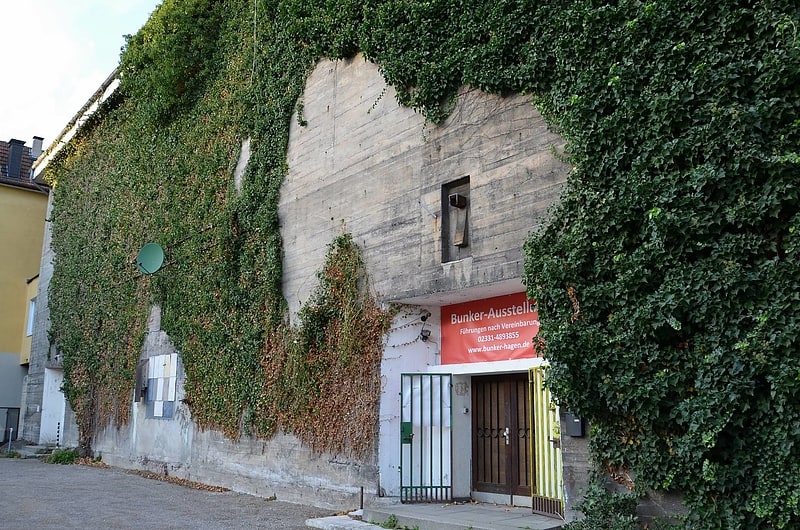
The Bunker Museum Hagen is located in the basement of a high bunker in Hagen in North Rhine-Westphalia and was opened in 2013.
The private museum is financed by entrance fees.
Address: 98 Bergstraße, Hagen
AllerWeltHaus Hagen
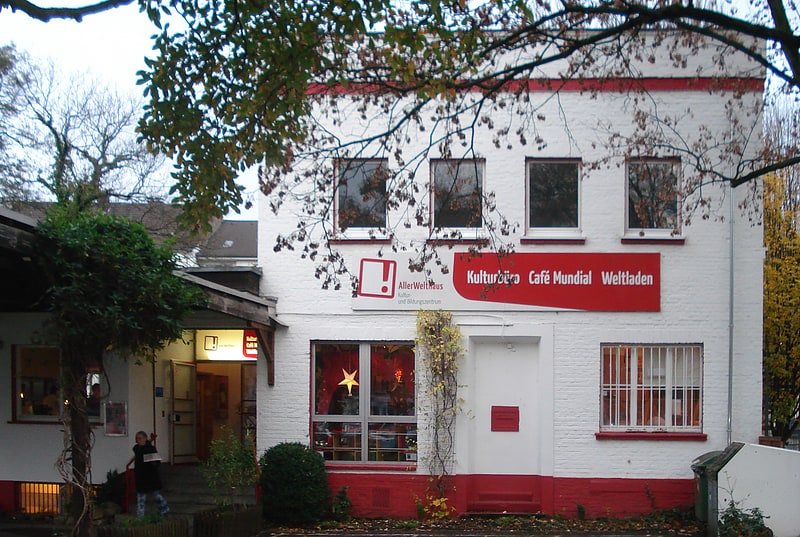
Also known as: AllerWeltHaus
Bistro in Hagen, Germany. The AllerWeltHaus Hagen; commonly shortened to AWH; is a Cultural center in the Dr. Ferdinand David Park in Hagen. It is located next to the Potthofstraße in Hagens downtown area, near the central Synagogue.[8]
University of Hagen
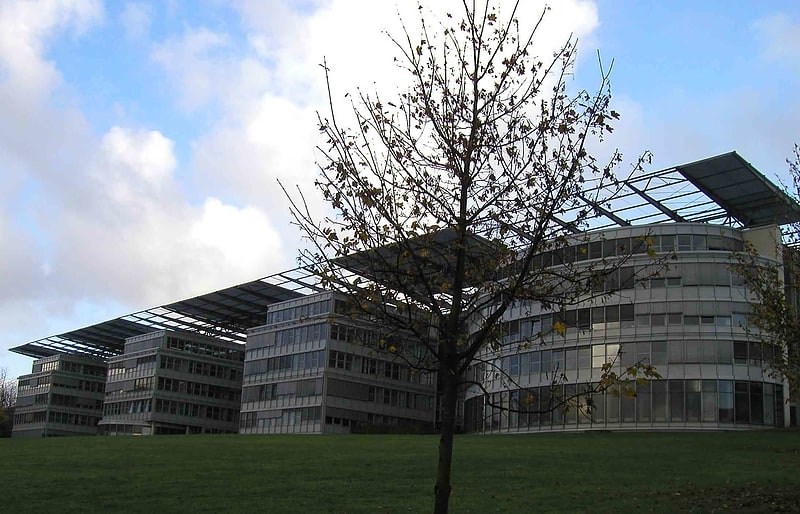
Also known as: Fernuniversität in Hagen
Public university in Hagen, Germany. The University of Hagen is a public research university that is primarily focused on distance teaching. While its main campus is located in Hagen, North Rhine-Westphalia, Germany, the university maintains more than 50 study and research centers in Germany and throughout Europe. According to the Federal Statistical Office of Germany, it is Germany's largest university. The university was founded in 1974 as a public research university by the state Nordrhein-Westfalen and began its research and teaching activities in 1975. It was founded following the idea of UK's Open University to provide higher and continuing education opportunities through a distance education system in Germany.
The university awards the same qualifications as other German on-campus universities and maintains the same requirements. Initially, the university had only three faculties with 1,304 full and part-time students, but today the university has developed into Germany's leading institution for distance education and is the only full university in that field with a student body of 83,536 students in the summer term of 2013 and 86,889 students in the winter term 2013/14. Besides the substantial number of off-campus students, a considerable number of full-time postgraduate research students as well as more than 1,800 members of academic and research staff are based on the University of Hagen's main campus in Hagen.
The faculties of the University of Hagen award undergraduate, graduate and postdoctoral degrees and enable habilitation. All the degrees awarded by the University of Hagen are equivalent to those awarded by traditional German universities. The University of Hagen awards degrees and does research in the fields of business administration and economics, mathematics, computer science, law, psychology, cultural studies and political science. The university has produced many notable alumni in the fields of law, economics, business and politics, among them two Gottfried Wilhelm Leibniz Prize winners, 1 Gossen Prize laureate, at least 25 university professors, numerous members of the German parliament, and the former Foreign Minister and Vice Chancellor of Germany, Guido Westerwelle.
The University of Hagen is a member of the European University Association (EUA), European Association of Distance Teaching Universities (EADTU) and it is accredited by ACQUIN, FIBAA (Foundation for International Business Administration Accreditation) as well as AQAS (Agentur für Qualitätssicherung durch Akkreditierung von Studiengängen).[9]
Address: Universitatsstrasse 47, 58084 Hagen
Kaiser Friedrich Turm
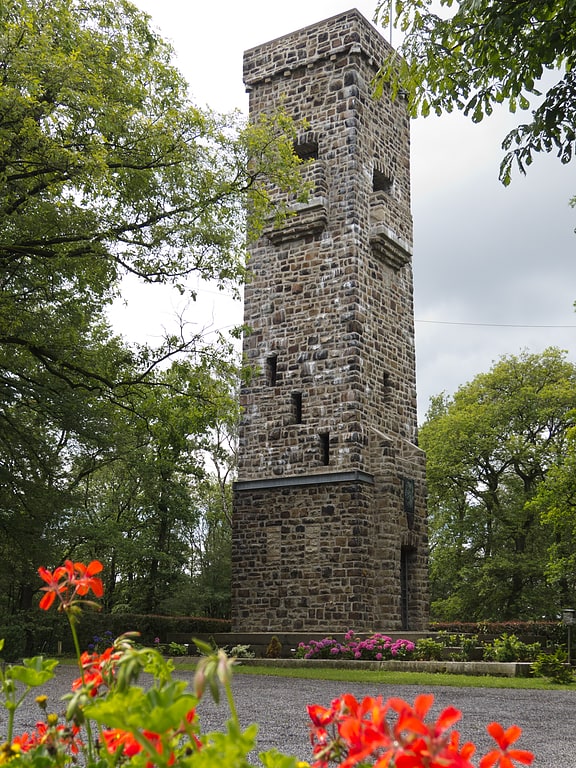
The Kaiser Friedrich Tower in memory of Emperor Frederick III stands in the Westphalian city of Hagen above the Haspe district.
In May 1891 a wooden tower was erected on the Hesterthardt, which was struck by lightning on July 2, 1901. The wooden tower was knocked down by a storm in 1903. With the help of 10,000 Mark donations from the Hasper population, the then independent town of Haspe erected a stone tower. The tower was inaugurated by the then mayor Georg Frank on September 25, 1910 with the words: The tower is a brick tower and has a natural stone facing. The material of the facing was quarried in the immediate vicinity of the tower. The base ashlars of natural sandstone are from Herdecke. Above the entrance is a bronze relief portrait of the former emperor by the sculptor Arnold Künne. Next to the tower, a service building was erected in 1892, which was used as the tower keeper's dwelling. Today, the building serves as an excursion pub.
The tower had to be closed in 1988 due to dilapidation. After a restoration for 310,000 DM by the city of Hagen, the tower was reopened on June 13, 1993. From March 2009 to November 2009, the tower was closed due to renewed damage.
The Kaiser-Friedrich-Turm stands on a 372 meter high mountain and is with 17 meters height the highest viewpoint in Hagen. It is located on the Hagen "Three Towers Trail", a 6 km hiking trail of the route Goldberg - Bismarck Tower - Kaiser Friedrich Tower - Eugen Richter Tower.
Address: Im Deerth 10, 58135 Hagen
Wasserschloss Werdringen
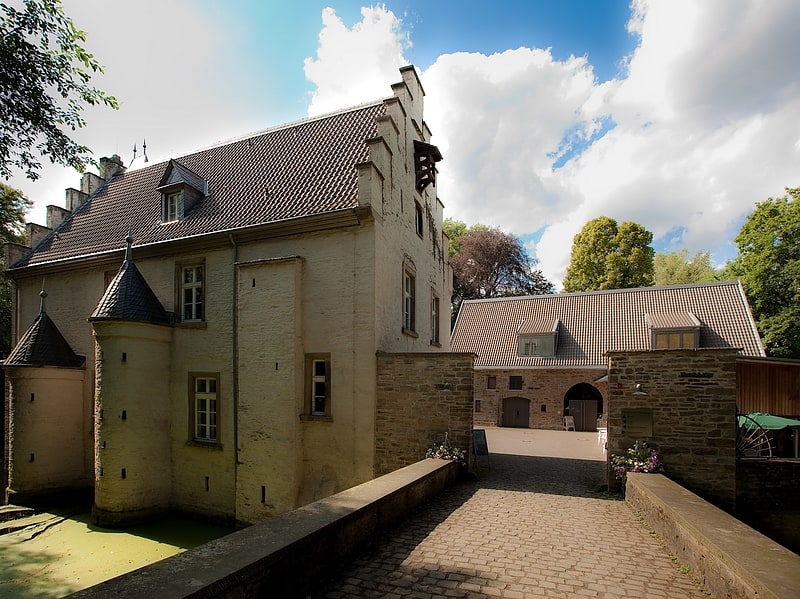
Werdringen moated castle is a moated castle in Hagen-Vorhalle near the Ruhr River on Lake Harkort below the Kaisberg. It houses a supra-regional museum of prehistory and early history in an outbuilding.
Address: Werdringen 1, 58089 Hagen
Schloss Hohenlimburg
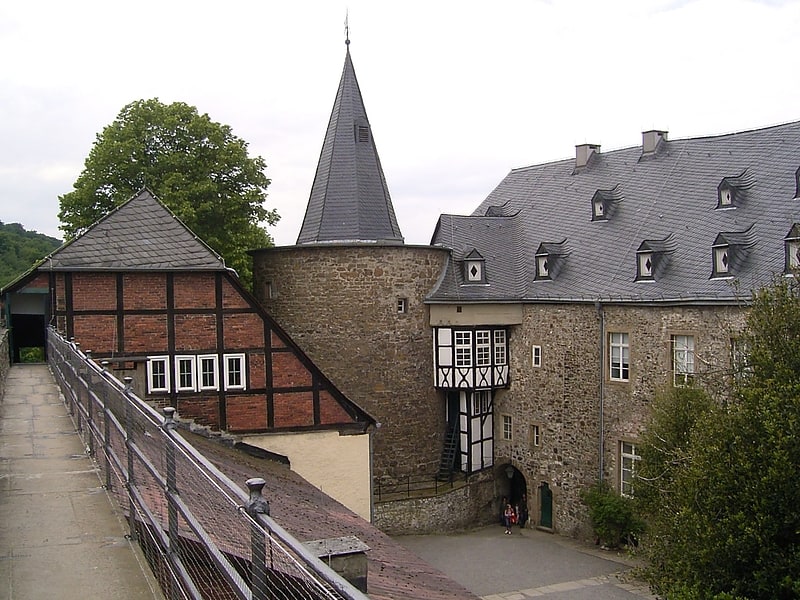
Hohenlimburg Castle is the only hilltop castle in Westphalia largely preserved in its original medieval state. Situated on the castle hill of Hohenlimburg in North Rhine-Westphalia, the ensemble of town and castle is also called the Westphalian Heidelberg because of its picturesque location. In 1975, the town of Hohenlimburg was incorporated into the city of Hagen.
The complex dates back to the 13th century. Until 1807/08, the castle was the political center and administrative seat of the county of Limburg, which existed until then. Significant reconstruction work was carried out around the middle of the 16th century and in the first half of the 18th century, when the castle was a seat of the Counts of Bentheim-Tecklenburg. After 1816/17 until 1830, the castle served as the princes' main residence; it was then moved again to Rheda Castle, which is still the residence of the Prince of Bentheim-Tecklenburg; Hohenlimburg Castle is also owned by him.
Address: 30 Alter Schloßweg, Hagen
Emil Schumacher Museum
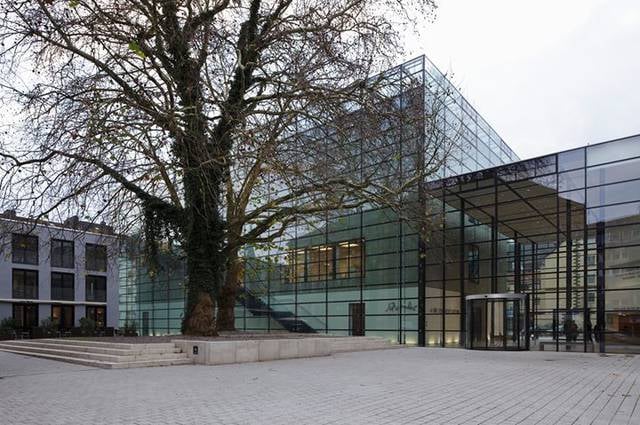
Museum, Specialty museum, Art museum
Address: Hochstrasse 73, 58095 Hagen
Harkortsee
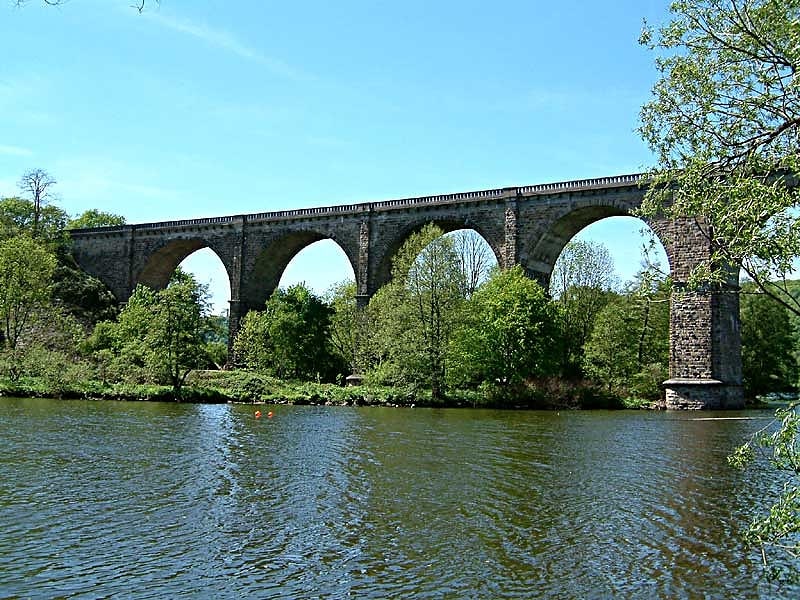
Lake Harkort between the towns of Hagen, Herdecke and Wetter is a reservoir in the course of the Ruhr River in North Rhine-Westphalia, Germany, created by the Ruhrverband as a river sewage treatment plant and completed in 1931. Harkortsee is one of a total of six Ruhr reservoirs.